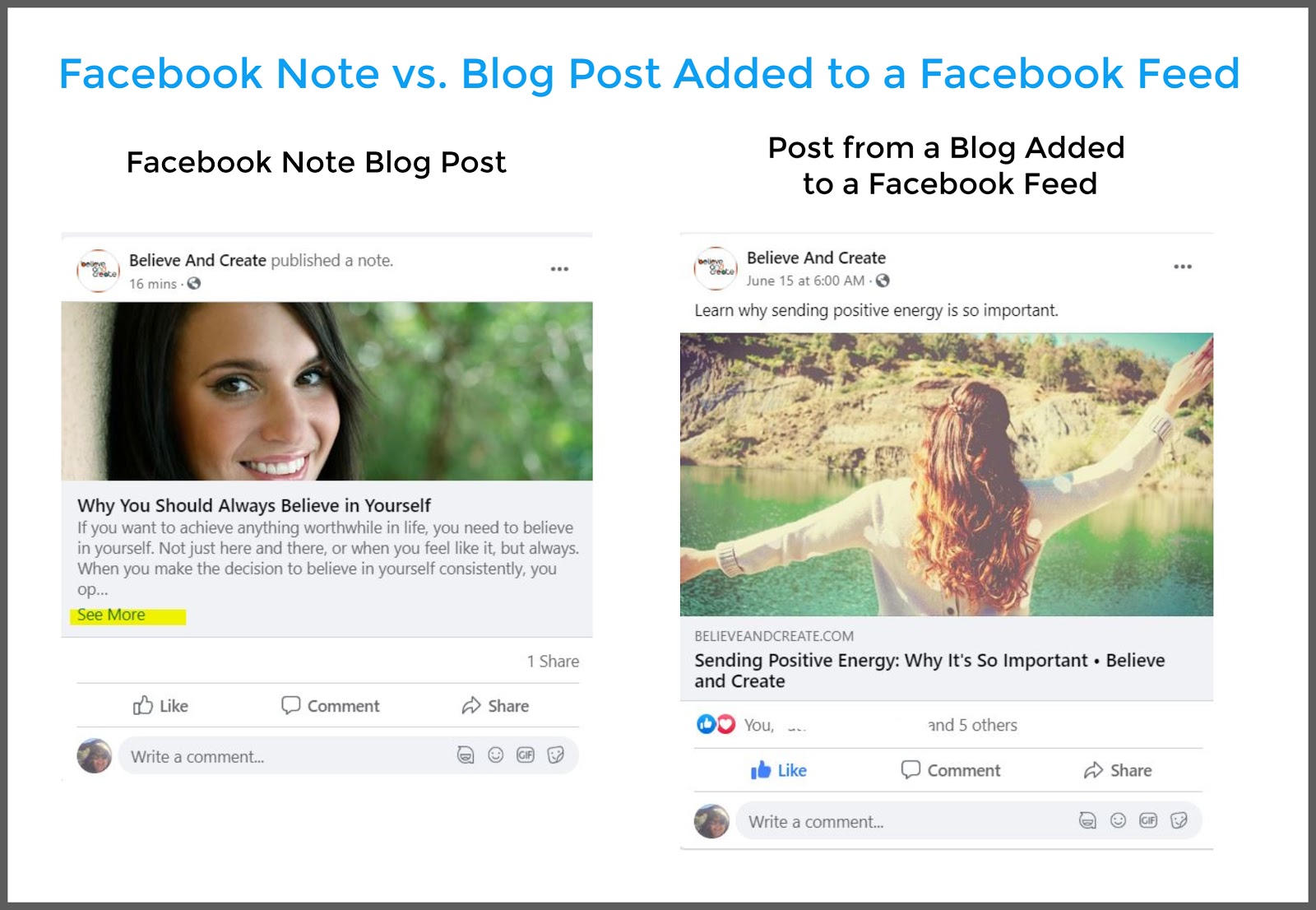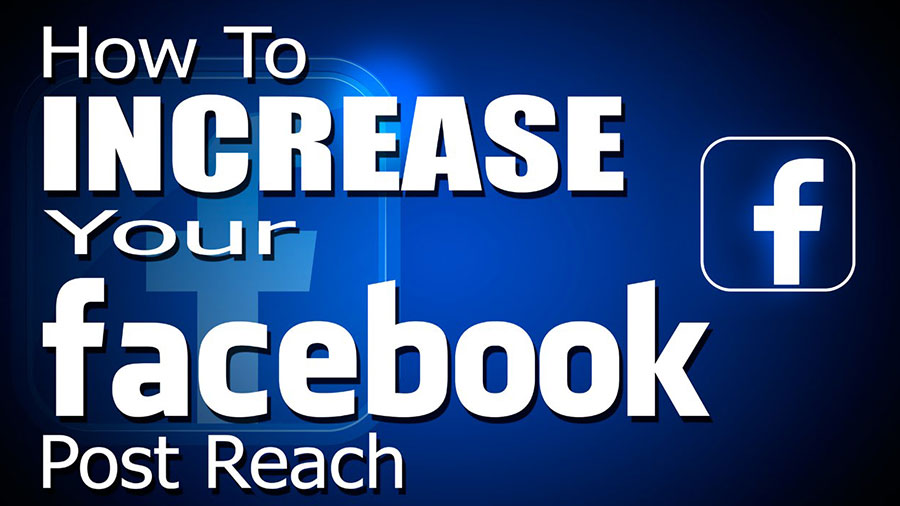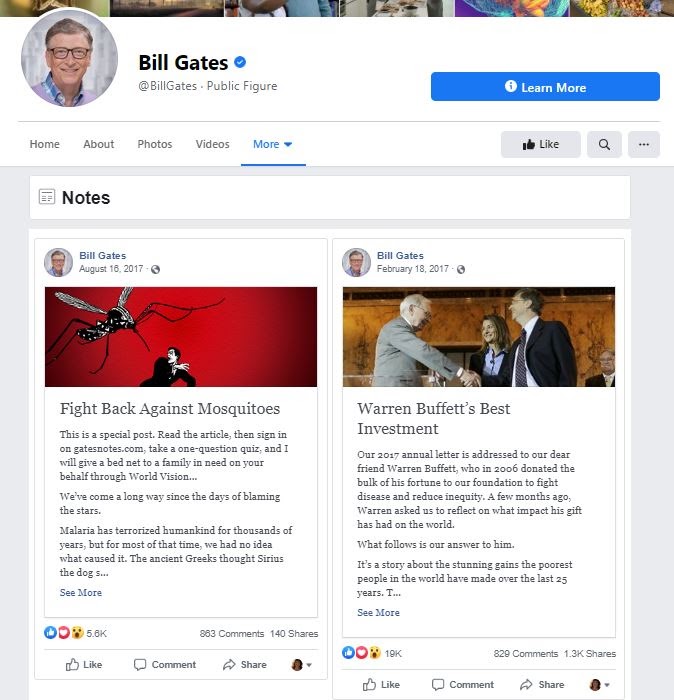Why You Should Consider Blogging on Facebook
With over 2.7 billion monthly active users, Facebook offers an unparalleled opportunity for bloggers to reach a vast and engaged audience. By learning how to open a blog on Facebook, individuals can tap into this massive user base and increase their online presence. One of the primary benefits of Facebook blogging is the ease of use. Creating a Facebook Page is a straightforward process that requires minimal technical expertise, making it an ideal platform for new bloggers. Additionally, Facebook’s integration with other features such as Facebook Groups, Facebook Live, and Facebook Stories provides a comprehensive suite of tools for bloggers to enhance their content and engagement.
Facebook blogging also offers a unique advantage in terms of audience engagement. With features such as comments, likes, and shares, bloggers can interact with their audience in real-time, fostering a sense of community and loyalty. Furthermore, Facebook’s algorithm prioritizes content that generates high engagement, making it an ideal platform for bloggers who can create high-quality, engaging content. By leveraging these features, bloggers can increase their online presence, drive traffic to their website, and build a loyal following.
Moreover, Facebook’s vast user base provides a diverse range of niches and audiences for bloggers to target. Whether it’s fashion, food, travel, or technology, Facebook has a community of users interested in every topic imaginable. By creating content that resonates with these audiences, bloggers can establish themselves as authorities in their niche and attract a loyal following. With the right strategy and content, Facebook blogging can be a powerful tool for building a successful online presence.
Setting Up Your Facebook Blog: Getting Started
To start a blog on Facebook, creating a Facebook Page is the first step. This page will serve as the central hub for your blog, and it’s essential to set it up correctly to establish a strong online presence. When creating a Facebook Page, choose a name that accurately represents your blog’s brand and is easy to remember. This name will be the identity of your blog, so make sure it’s unique and relevant to your content.
In addition to the page name, selecting a profile picture and cover photo that represents your blog’s brand is crucial. The profile picture should be a recognizable logo or image that represents your blog, while the cover photo should be a visually appealing image that showcases your blog’s personality. Both of these elements will help establish your blog’s identity and make it more recognizable to your audience.
When setting up your Facebook Page, you’ll also need to choose a category that best describes your blog. This category will help Facebook understand the type of content you’ll be posting and ensure that your page is visible to the right audience. Choose a category that accurately represents your blog’s niche, such as “Blog” or “News/Media Website.”
Once you’ve set up your Facebook Page, you can begin customizing it to fit your blog’s brand. Add a description that summarizes your blog’s content and mission, and include any relevant keywords to help with search engine optimization (SEO). You can also add a call-to-action (CTA) button to encourage visitors to take a specific action, such as visiting your website or signing up for a newsletter.
By following these steps, you can create a Facebook Page that effectively represents your blog and helps you establish a strong online presence. Remember to keep your page name, profile picture, and cover photo consistent with your blog’s brand to ensure a cohesive and recognizable identity.
Configuring Your Facebook Blog Settings
Once you’ve created your Facebook Page, it’s essential to configure your blog’s settings to optimize visibility and engagement. The first step is to choose a template that aligns with your blog’s brand and content. Facebook offers a range of templates, including ones specifically designed for blogs, so choose the one that best suits your needs.
Next, customize the layout of your Facebook Page to make it visually appealing and easy to navigate. You can add sections, such as “About” and “Contact,” to provide more information about your blog and make it easier for visitors to get in touch. You can also add a call-to-action (CTA) button to encourage visitors to take a specific action, such as visiting your website or signing up for a newsletter.
Configuring notifications is also crucial to ensure that you stay on top of engagement and comments on your blog. You can set up notifications to alert you when someone comments on a post, sends a message, or mentions your page. This will help you respond promptly to engagement and build a loyal community around your blog.
Another important setting to configure is the visibility of your Facebook Page. You can choose to make your page public, private, or restricted to specific audiences. If you’re just starting out, it’s best to make your page public to maximize visibility and reach a wider audience.
Finally, make sure to optimize your Facebook Page for search engines by adding relevant keywords to your page’s description and tags. This will help your page appear in search results when people search for topics related to your blog.
By configuring your Facebook blog settings correctly, you can optimize visibility, engagement, and reach a wider audience. Remember to regularly review and update your settings to ensure that your blog is performing at its best.
Creating Engaging Content for Your Facebook Blog
Creating high-quality, engaging content is crucial to the success of your Facebook blog. When learning how to open a blog on Facebook, it’s essential to understand the importance of crafting content that resonates with your audience. To start, focus on developing a unique writing style that reflects your blog’s brand and tone. Use a conversational tone that’s approachable and engaging, and avoid using jargon or overly technical language that may confuse your readers.
In addition to writing style, formatting options can also play a significant role in making your content more engaging. Use headings, subheadings, and bullet points to break up large blocks of text and make your content more scannable. You can also use images, videos, and other multimedia elements to add visual interest and depth to your content.
Attention-grabbing headlines and introductions are also critical to drawing readers in and keeping them engaged. Use action verbs and questions to create headlines that encourage readers to click and learn more. In your introductions, provide a brief summary of what readers can expect to learn from your content, and use a hook to draw them in and keep them reading.
Another effective way to create engaging content is to use storytelling techniques. Share personal anecdotes, examples, and case studies that illustrate your points and make your content more relatable. You can also use humor, emotions, and other creative elements to make your content more memorable and shareable.
Finally, make sure to optimize your content for Facebook’s algorithm by using relevant keywords and tags. This will help your content appear in search results and increase its visibility to a wider audience. By creating high-quality, engaging content that resonates with your audience, you can build a loyal following and establish your Facebook blog as a trusted source of information in your niche.
Using Facebook Features to Enhance Your Blog
Facebook offers a range of features that can be used to enhance the content and engagement of your blog. By learning how to open a blog on Facebook and leveraging these features, you can increase audience participation and loyalty. One of the most effective ways to enhance your blog is by using Facebook Groups. Groups allow you to create a community around your blog, where readers can discuss topics related to your content and engage with each other.
Another feature that can be used to enhance your blog is Facebook Live. Facebook Live allows you to broadcast live video to your audience, providing a unique and engaging way to connect with readers. You can use Facebook Live to provide exclusive content, answer questions, and build a more personal connection with your audience.
Facebook Stories is another feature that can be used to enhance your blog. Facebook Stories allows you to share behind-the-scenes content, sneak peeks, and exclusive deals with your audience. You can also use Facebook Stories to share user-generated content and encourage audience participation.
In addition to these features, Facebook also offers a range of other tools that can be used to enhance your blog. For example, you can use Facebook’s built-in polling feature to ask readers questions and encourage engagement. You can also use Facebook’s event feature to promote events and webinars related to your blog.
By using these features, you can create a more engaging and interactive experience for your readers. This can help to increase audience participation and loyalty, and establish your blog as a trusted source of information in your niche. By learning how to open a blog on Facebook and leveraging these features, you can take your blog to the next level and achieve greater success.
Promoting Your Facebook Blog for Maximum Visibility
Promoting your Facebook blog is crucial to increasing its visibility and reaching a wider audience. One effective way to promote your blog is by sharing its content on other social media platforms. This can help drive traffic to your Facebook blog and increase its visibility to a broader audience.
Collaborating with influencers is another effective way to promote your Facebook blog. Influencers have a large following and can help promote your blog to their audience. You can reach out to influencers in your niche and ask them to share your content or collaborate on a post.
Running Facebook Ads is another effective way to promote your blog. Facebook Ads allow you to target specific audiences and increase the visibility of your blog. You can create ads that promote your blog’s content, increase engagement, and drive traffic to your website.
Tracking engagement metrics is also crucial to optimizing your promotional efforts. Facebook Insights provides a range of metrics that can help you track the performance of your blog, including engagement rates, reach, and clicks. By tracking these metrics, you can identify what’s working and what’s not, and adjust your promotional efforts accordingly.
Additionally, you can also use Facebook’s built-in features such as Facebook Groups and Facebook Live to promote your blog. Facebook Groups allow you to create a community around your blog, where readers can discuss topics related to your content and engage with each other. Facebook Live allows you to broadcast live video to your audience, providing a unique and engaging way to connect with readers.
By using these promotional strategies, you can increase the visibility of your Facebook blog and reach a wider audience. Remember to track your engagement metrics and adjust your promotional efforts accordingly to optimize your results.
Monetizing Your Facebook Blog: Options and Opportunities
Once you’ve established a successful Facebook blog, you can start exploring options for monetizing it. One of the most popular ways to monetize a Facebook blog is through affiliate marketing. Affiliate marketing involves promoting products or services from other companies and earning a commission on any sales generated through your unique referral link.
Another option for monetizing your Facebook blog is through sponsored content. Sponsored content involves partnering with brands to create content that promotes their products or services. This can be a lucrative way to monetize your blog, but it’s essential to comply with Facebook’s monetization policies and guidelines.
Facebook’s branded content ads are another option for monetizing your blog. Branded content ads allow you to create sponsored content that is labeled as “sponsored” and includes a call-to-action (CTA) to drive traffic to your website or landing page.
It’s essential to note that Facebook has strict policies and guidelines around monetization, and it’s crucial to comply with these guidelines to avoid having your account suspended or terminated. Facebook’s monetization policies require that you have a minimum of 10,000 followers and that your content meets specific engagement and quality standards.
In addition to these options, you can also explore other ways to monetize your Facebook blog, such as selling digital products or services, offering consulting or coaching services, or creating and selling online courses.
By exploring these options and complying with Facebook’s monetization policies and guidelines, you can turn your Facebook blog into a profitable business and achieve your financial goals.
Measuring Success and Optimizing Your Facebook Blog
Measuring the success of your Facebook blog is crucial to understanding its performance and making data-driven decisions to optimize its content, engagement, and promotional efforts. Facebook Insights is a powerful tool that provides a wealth of information about your blog’s performance, including engagement metrics, reach, and clicks.
By using Facebook Insights, you can track your blog’s performance over time and identify areas for improvement. For example, you can use Insights to track your blog’s engagement metrics, such as likes, comments, and shares, to see what types of content are resonating with your audience.
In addition to tracking engagement metrics, you can also use Facebook Insights to track your blog’s reach and clicks. This can help you understand how many people are seeing your content and how many are clicking on your links.
By analyzing your Facebook Insights data, you can identify trends and patterns that can help you optimize your content, engagement, and promotional efforts. For example, if you notice that your engagement metrics are higher on certain days of the week or at certain times of day, you can adjust your posting schedule to maximize your reach and engagement.
Furthermore, you can also use Facebook Insights to track your blog’s performance compared to other Facebook pages in your niche. This can help you understand how your blog is performing relative to others in your industry and identify areas for improvement.
By regularly tracking and analyzing your Facebook Insights data, you can make data-driven decisions to optimize your Facebook blog and achieve better results.








